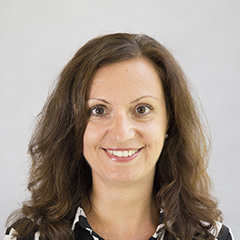Project Overview
Mathematica is partnering with the Millennium Challenge Account (MCA) Senegal II to collect robust baseline data for the Power Compact activities. This data will lay the groundwork to measure changes in outputs and outcomes of the project activities.
The high cost and low level of access to electricity impedes economic growth. The Millennium Challenge Corporation has partnered with the Senegalese Government on the $600 million Power Compact to provide quality electricity, expand access, and ensure good governance in the power sector.
- Société de Développement International (SDI)
- Conseils en Gestion, Etudes et Management de projets (COGEMAP)
Millennium Challenge Corporation
Currently, economic growth in Senegal is constrained by this high energy cost and inadequate access. The Power Compact includes activities designed to overcome some of the challenges that persist in the country’s energy sector.
- The Modernizing and Strengthening of Senelec Transmission network project’s objective is to provide quality electricity from available low-cost sources for Senelec to meet the growing demand on the interconnected network in Senegal. It will build a 225 kV transmission loop and related infrastructure in the urban area of Dakar, upgrade or replace critical transformers, and add spinning reserves to address network stability issues.
- The Increasing Access to Electricity in Rural and Peri urban areas project’s objective is to increase the supply of and demand for quality electricity in rural and peri-urban areas of Senegal. It will build about 660 km of MV distribution lines, sustain and increase electricity demand through connection of new clients, education campaigns, etc., and strengthen the 30 kV network to reduce technical losses and outages.
Related Staff
Efficiency Meets Impact.
That's Progress Together.
To solve their most pressing challenges, organizations turn to Mathematica for deeply integrated expertise. We bring together subject matter and policy experts, data scientists, methodologists, and technologists who work across topics and sectors to help our partners design, improve, and scale evidence-based solutions.
Work With Us

